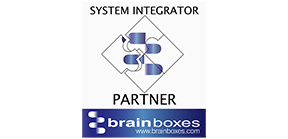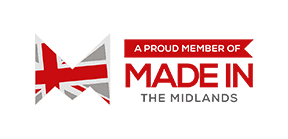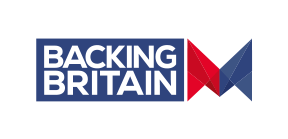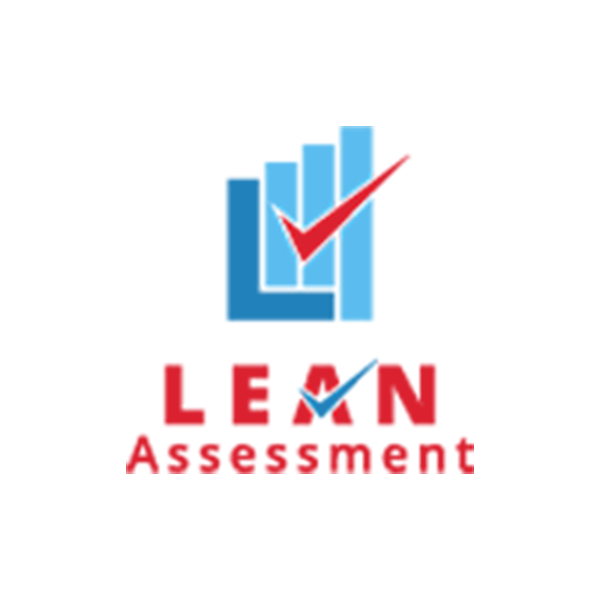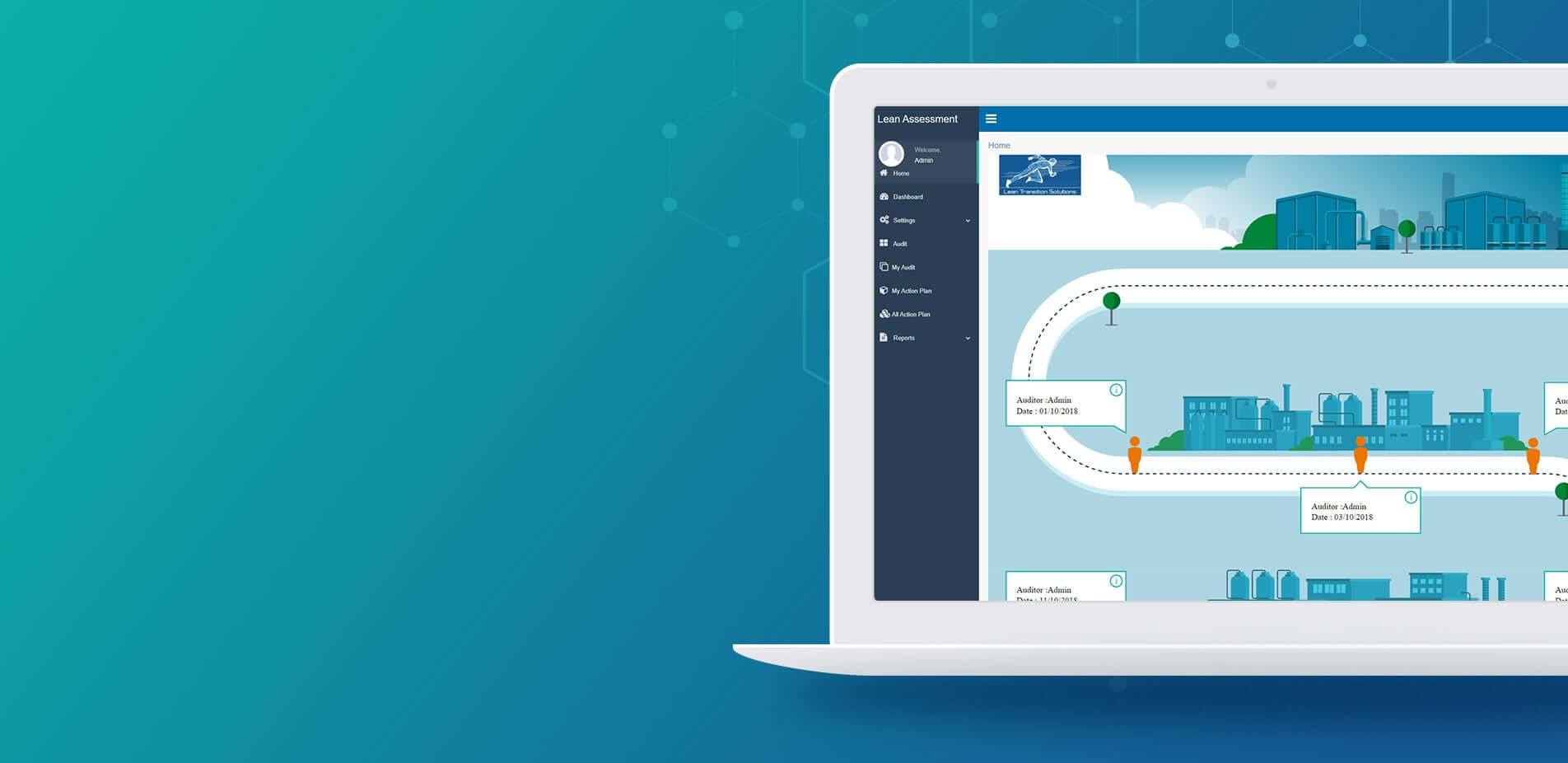
Lean Assessment: Lean Audit and Assessment System
- Auditing System to Ensure a Lean Culture in an Organisation
- Assesses the Maturity of a Lean Culture
- Evaluates Lean Enterprise Strategic Planning
- Provides Direction for Improvement in All Key Manufacturing Areas
- Defines Improvement Plans or Action Plans for All Audits
- Creates a Continuous Improvement Mentality
- Dynamic Downloadable Audit Reports with Status, Charts and Action Plans

Lean Assessment: Lean Audit and Assessment System
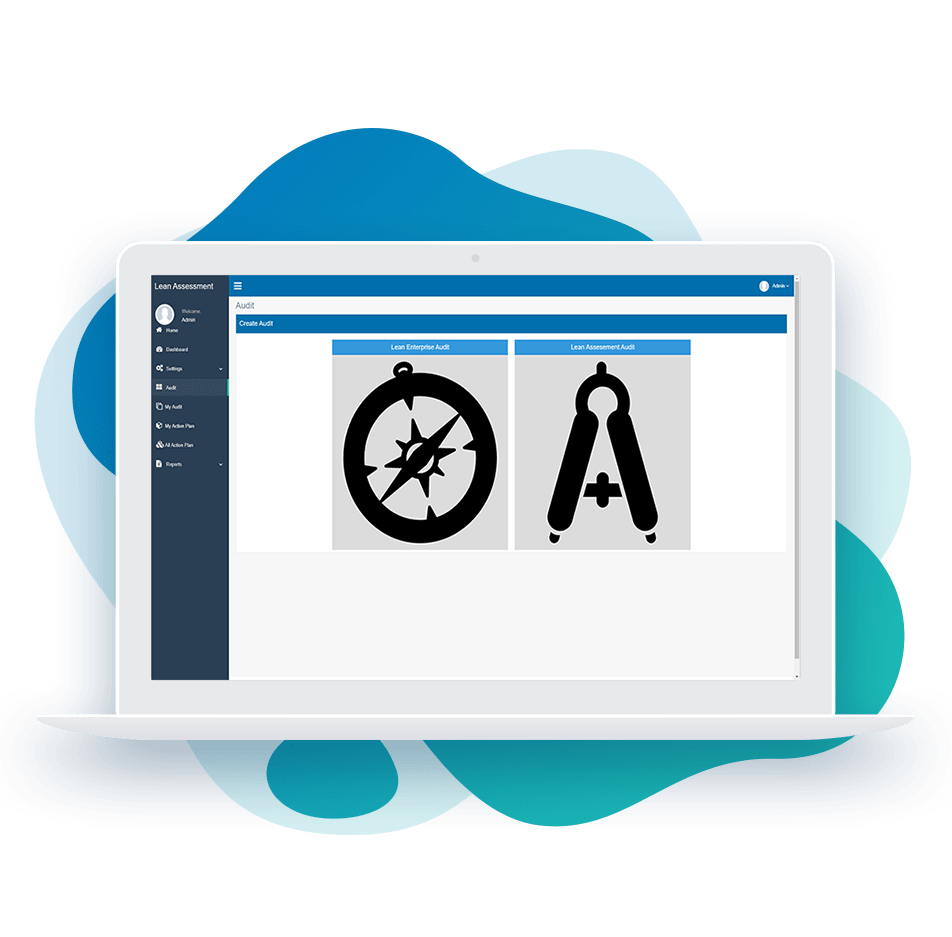
Lean Audit Models
- Lean Enterprise Model
- Lean Assessment Model
- Lean Audits
- Lean Culture
Lean audits are necessary to benchmark the existing system against lean practices. Lean audit models are the lean assessment tools to measure the lean culture and lean process of an organisation. In our Lean Assessment software, we use two standard frameworks used in the lean manufacturing industry; Lean Assessment Model and Lean Enterprise Model. Organisations can choose any of the lean audit models according to their lean frameworks. These assessment models identify where the organisations are in relation to their lean implementation and culture. Based on the audit model, organisations can create and manage Lean Audits.
- Lean Enterprise Model Audit
- Lean Assessment Model Audit
- Quick Audit Creation
- Lean Standard Frameworks
- Audit Management
- Focus on Value Stream
- Developing a Lean Structure
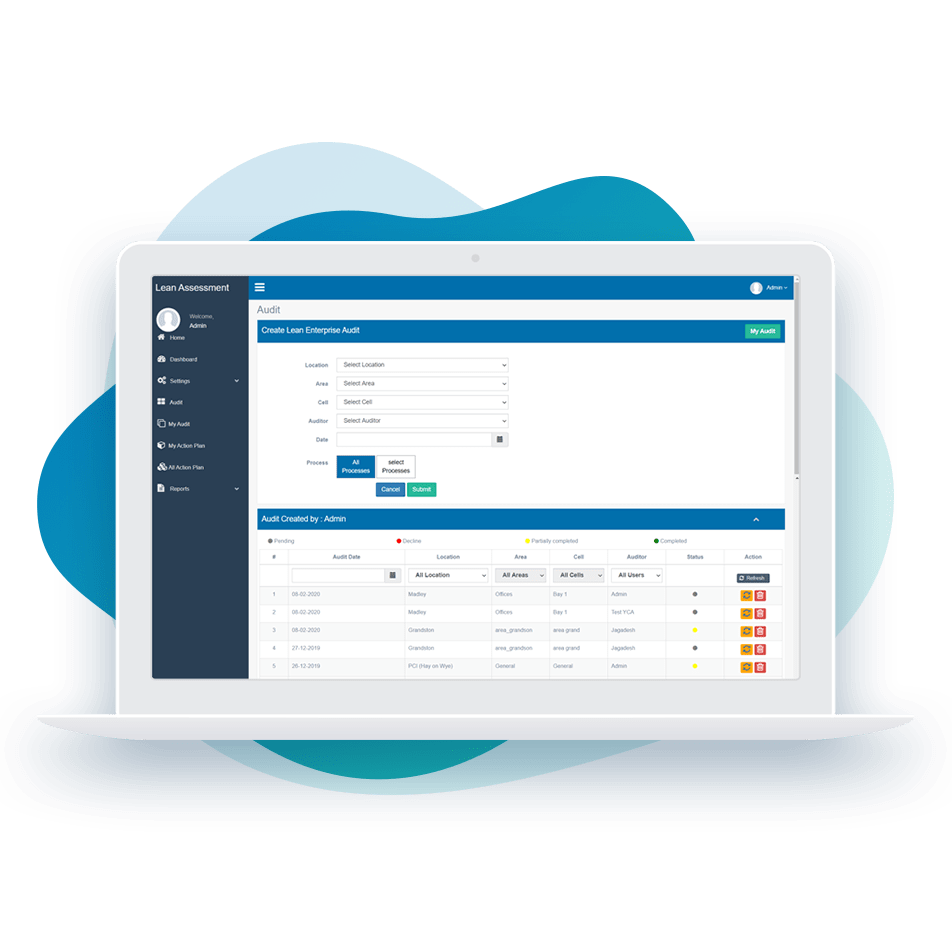
Audit Management and Audit Questionnaire
- Audit Management
- Custom Audit Questions
- Flexible Audit Process
- WDGLL
To measure the lean performance organisations can create, manage, and customise audits based on their organisational lean strategic frameworks. The Lean Assessment software also allows you to create custom questions for the lean auditing. The system users are allowed to create and assign an audit question to a particular area and process based on the audit model they choose. There is no limit to the number of questions. Auditors can create and manage as many as audit questions they want. Auditors can also upload What Does it Good Look Like (WDGLL) images of the audit area/cell/line for an audit.
- Lean Audit Management
- Audit Assignment
- Simple to Use
- Unlimited Questions
- Easy to Assign Questions
- Questionnaire Management

Audit Process and Action Plan
- Audit Rating
- WDGLL
Once the audit is created and assigned, the auditor accepts the audit invitation and starts conducting the audit process. Separate questionnaires are set for each process. During the audit, the auditor can select the necessary process and then populate the questionnaire with their findings. They can also upload photos and add comments to support the post auditing process. The auditor is provided with an audit summary and is able to initiate an Action plan where required.
- Identify Pros and Cons of the Existing System
- Add Value to the Work you do
- Periodic Audit Schedule
- Provision to Add Photos and Comments
- Initiate Action Plan

Action Plan
- Action Planned
- Action Responsibility
- Action Implemented
- Action Confirmed and Closed out
Action plan acts as a forecasting tool to standardise the work and improve the lean culture. After conducting the lean audit it is necessary to prepare an action plan against each process so that the drawbacks or needs can be reviewed and resolved with consistency. Stages of the Action plan can be updated and monitored ensuring the efficiency of lean management in the organisation.
- Enhances the Quality of the Audit Process
- Assists in Forecast Planning
- Helps in Measuring the Work Progress
- Promotes Monitoring on a Regular Basis

Audit Reports and Charts
- Audit Reports and Charts
- Lean Model
- Audit Summary
After completing the assessment, the audit report will be auto-generated. Based on the audit report, we can identify the key areas to improve and to focus on continuous improvement in the organisation. The lean assessment and lean enterprise audit reports are generated separately. The generated audit reports consist of charts, Lean models, and audit summary which gives insight on the monitoring of effective lean management in the organization.
- Downloadable Reports and Charts
- Filters Reports According to Location, Area, Cell, Specific Time or Period
- Easy to Access the Lean Model
- Identify the Process that Needs Improvement
- Efficient Rating System
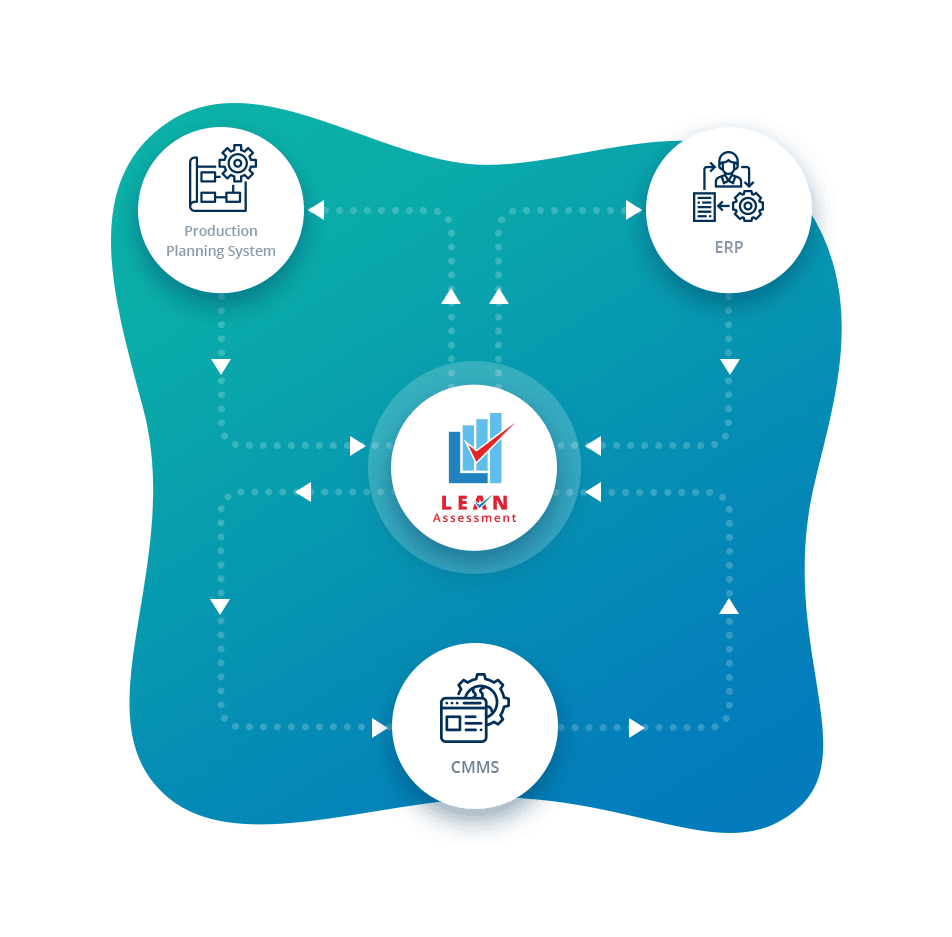
Data Synchronisation and MIS Integration
- Integrated Communication
- Automation
- Single Sign-On
- Data Consistency
- Rest API
Lean Assessment and Auditing System is dynamic, in order to integrate with the other management information and ERP systems in an organisation. The Lean Assessment and Auditing system receive all the departmental data from the ERP system automatically using the REST API service.
- No Data Redundancy
- Increased Flexibility and Process Efficiency
- Centralised and Accessible Information
- Saves Data Entry Time of Employees
- Comprehensive Process Visibility and Integrated Operation
- Simplified IT Administration
- Cost and Storage-Saving
